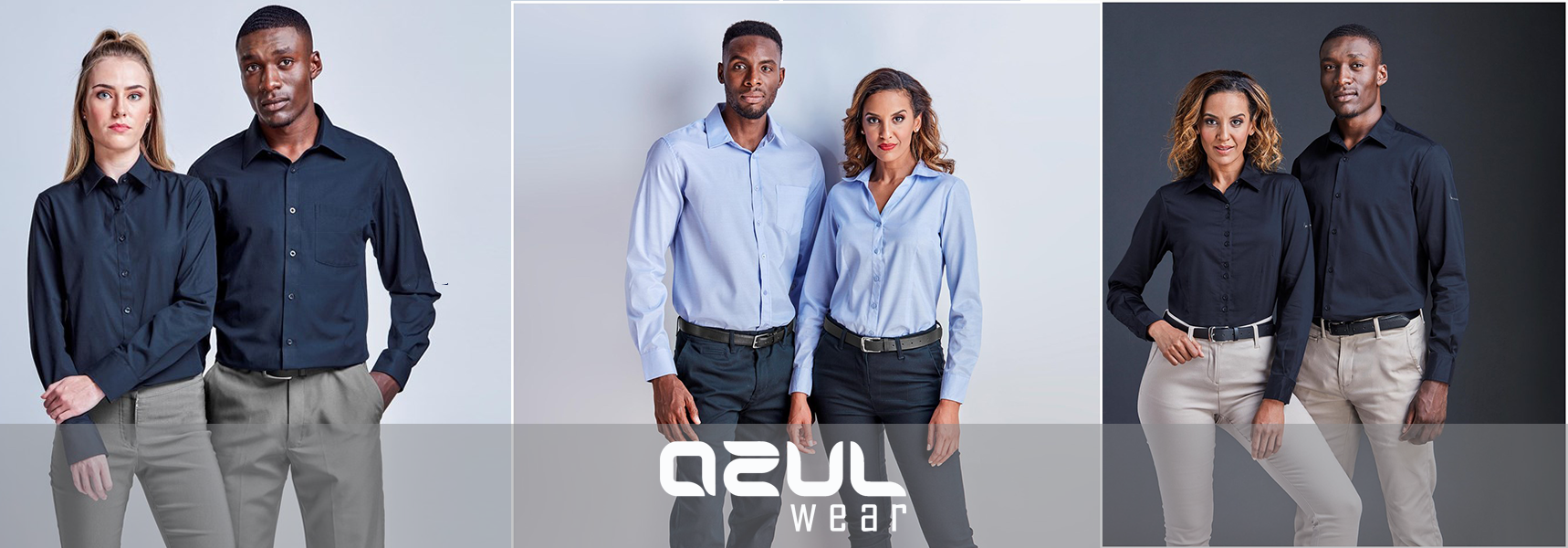Comprehending Clothing: The Value of Textile Options in Your Closet
The option of textile in garments plays a critical duty in both aesthetic appeals and performance. Different materials use varying levels of convenience, breathability, and durability, directly affecting the user's experience. Understanding these nuances can improve one's wardrobe significantly. Yet, lots of forget exactly how these options can influence not just personal style, however likewise sustainability. What fabric decisions could redefine your closet and straighten it with both design and duty?
The Duty of Fabric in vogue and Performance

Common Material Kinds and Their Qualities
When selecting clothes, recognizing the characteristics of typical fabric types is essential for making informed choices. Cotton, a widely-used all-natural fiber, is known for its breathability, flexibility, and gentleness, making it suitable for sportswear and day-to-day garments. Linen, an additional natural option, boasts exceptional moisture-wicking homes and a distinct texture, ideal for cozy climates.Wool, often preferred for its warmth and longevity, varies in excellence; merino woollen is soft against the skin, while coarser types are used for outerwear. Artificial materials like polyester and nylon use resilience and resistance to creases, making them prominent for activewear and traveling garments. Finally, blends, which combine natural and artificial fibers, can improve performance while maintaining comfort. By acknowledging these fabric attributes, individuals can choose apparel that straightens with their way of life and aesthetic choices.
Breathability and Comfort: Selecting the Right Fabrics for Different Climates
Choosing the right textiles for different climates can substantially boost convenience and total wearability. Breathable materials are necessary in warm climates, as they allow air blood circulation and wetness evaporation. Fabrics such as cotton, linen, and moisture-wicking synthetics properly attract sweat far from the body, maintaining the wearer cool and dry. Alternatively, in chillier environments, thicker textiles like wool or fleece offer insulation while retaining breathability, making certain heat without overheating.Additionally, the choice of material weight plays an essential duty; lightweight fabrics are preferable for summer, whereas heavier options are fit for winter wear. Comprehending the distinct homes of each fabric enables individuals to dress properly for varying weather. Ultimately, selecting comfortable and breathable materials customized to particular climates can considerably enhance daily comfort and enhance the overall experience of wearing clothing.
Resilience and Treatment: Just How Fabric Impacts Durability of Your Wardrobe
Choosing the appropriate products can significantly impact the longevity and treatment needs of a wardrobe. Fabrics such as cotton and polyester are recognized for their durability and simplicity of maintenance, making them suitable for everyday wear. In comparison, fragile materials like silk and lace call for more mindful handling and specialized cleansing approaches, which can raise the time and initiative required for care. Branded Clothing.Durability is additionally influenced by the textile's weave and surface; tightly woven fabrics often tend to stand up to wear and tear far better than freely woven options. Furthermore, synthetic blends frequently provide boosted sturdiness, integrating the very best top qualities of several fibers.Understanding the treatment directions for each textile is vital, as improper drying out or cleaning can result in early wear. Eventually, choosing sturdy products can bring about a longer-lasting closet, lowering the regularity of replacements and contributing to a more sustainable style selection
The Effect of Material on Fit and Silhouette

Sustainable Material Choices: Making Eco-Friendly Choices
The influence of material expands past fit and silhouette to include ecological variables, motivating a growing passion in lasting material choices. Green textiles, such as natural cotton, hemp, and Tencel, are obtaining grip among consumers that focus on sustainability in their closets. These materials are typically created with fewer chemicals and water, minimizing their eco-friendly footprint.Additionally, recycled textiles, made from post-consumer waste, advice supply a cutting-edge service to the textile market's contamination problem. Brands significantly welcome transparency in their sourcing techniques, allowing consumers to make educated decisions regarding their purchases.Choosing lasting fabrics not only supports ethical practices but likewise encourages the apparel industry to take on more liable manufacturing methods. As understanding of ecological problems climbs, people are prompted to review the lasting impact of their material options, fostering a movement towards a more lasting and ecologically mindful strategy to fashion.
Elevating Design: Just How Fabric Can Transform a Clothing
While lots of may concentrate on shade and cut when selecting a clothing, the choice of fabric plays an essential function in raising design and improving total appearance. Different materials share distinct state of minds and messages; for instance, silk emanates high-end and elegance, while jeans uses a laid-back, kicked back ambiance. The appearance and drape of a textile can considerably change the silhouette, with organized materials providing a sleek look and softer ones creating a more fluid, relaxed aesthetic.Moreover, the weight of the material influences wearability throughout seasons. Lightweight textiles like bed linen and cotton are ideal for summer season, while larger products such as wool and velvet give warmth and sophistication in cooler months. Comprehending textile properties, such as breathability and stretch, likewise empowers individuals to make educated selections that improve convenience without endangering design. Inevitably, the ideal material can transform a clothing from common to extraordinary, making it a crucial consideration in any kind of wardrobe.
Frequently Asked Questions
Exactly how Do I Determine the Textile Material of My Clothes?
To recognize material material, one can check out click treatment labels, conduct burn examinations for fiber identification, or speak with textile examples. These techniques aid differentiate materials, ensuring notified options for garments care and maintenance in everyday wear.
Can Fabric Option Affect My Mood or Self-confidence?
Material option can considerably affect a person's state of mind and self-confidence. Branded Clothing. Specific products may stimulate sensations of convenience or elegance, while others can feel restrictive or uncomplimentary, eventually influencing self-perception and emotional wellness throughout the day
What Fabrics Are Ideal for Delicate Skin?
For individuals with sensitive skin, natural fabrics like bamboo, bed linen, and cotton are usually advised. These products are breathable, hypoallergenic, and less most likely to cause inflammation, making them appropriate choices for convenience and skin health and wellness.
Exactly how Do I Correctly Laundry and Treatment for Different Fabrics?
To appropriately wash and care for different fabrics, one have to take into consideration each product's particular needs, including temperature level settings, detergents, and drying out methods, making certain durability and preserving the textile's initial high qualities for optimal use.
Exist Certain Fabrics for Athletic or Performance Use?
Athletic or performance wear usually utilizes textiles such as polyester, nylon, and spandex. These materials are created for moisture-wicking, breathability, and adaptability, boosting motion and comfort throughout exercises while giving sturdiness and support. On the other hand, in cooler environments, thicker textiles like wool or fleece supply insulation while preserving breathability, making certain heat without overheating.Additionally, the choice of material weight plays an essential duty; lightweight materials are more suitable for summer season, whereas much heavier options are fit for wintertime wear. In contrast, delicate materials like silk and shoelace call for more careful handling and specialized cleaning approaches, which can increase the time and effort needed for care.Durability is likewise influenced by the material's weave and finish; securely woven textiles have a tendency to resist wear and tear better than freely woven options. In contrast, rigid fabrics can restrict movement yet offer a classic, sleek look.Moreover, the density and texture of the fabric can influence the aesthetic assumption of body form. The influence of material prolongs beyond fit and shape to encompass environmental factors, triggering an expanding rate of interest in sustainable textile choices. The appearance and drape of a textile can dramatically change the shape, with organized fabrics giving a polished look and softer ones developing an extra fluid, loosened up aesthetic.Moreover, the weight of the fabric affects wearability across seasons.
Comments on “Why Branded Clothing Made with Natural Fibers Feels Better”